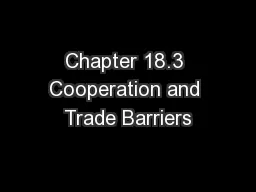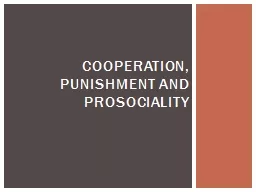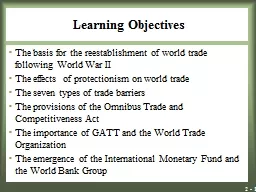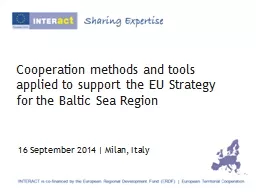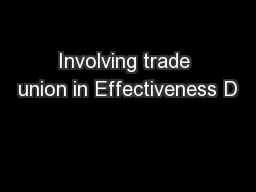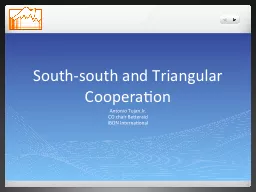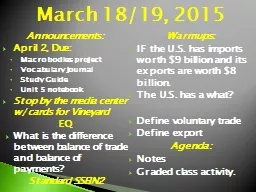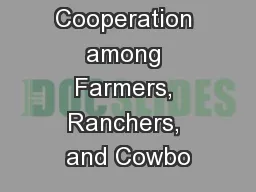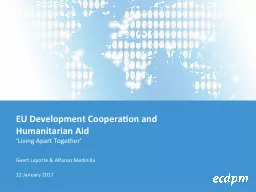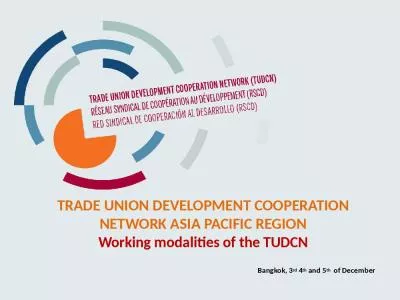PPT-Chapter 18.3 Cooperation and Trade Barriers
Author : alexa-scheidler | Published Date : 2018-03-15
What are Trade Barriers Government actions that are designed to protect domestic industries and jobs from foreign competition While international trade allows people
Presentation Embed Code
Download Presentation
Download Presentation The PPT/PDF document "Chapter 18.3 Cooperation and Trade Barri..." is the property of its rightful owner. Permission is granted to download and print the materials on this website for personal, non-commercial use only, and to display it on your personal computer provided you do not modify the materials and that you retain all copyright notices contained in the materials. By downloading content from our website, you accept the terms of this agreement.
Chapter 18.3 Cooperation and Trade Barriers: Transcript
Download Rules Of Document
"Chapter 18.3 Cooperation and Trade Barriers"The content belongs to its owner. You may download and print it for personal use, without modification, and keep all copyright notices. By downloading, you agree to these terms.
Related Documents

